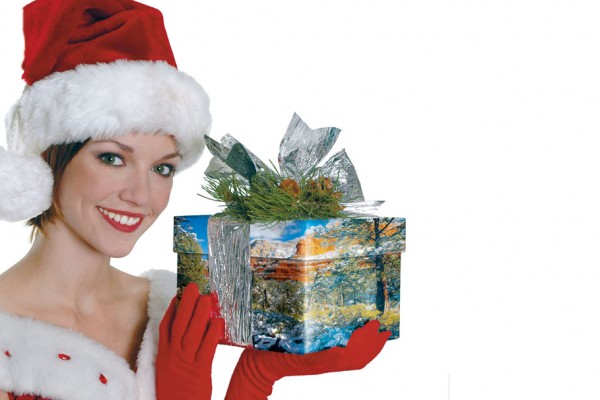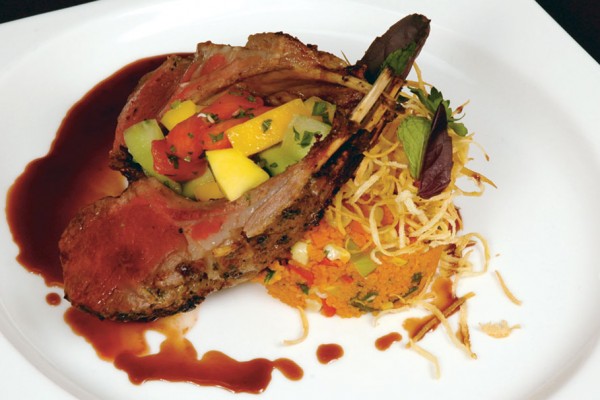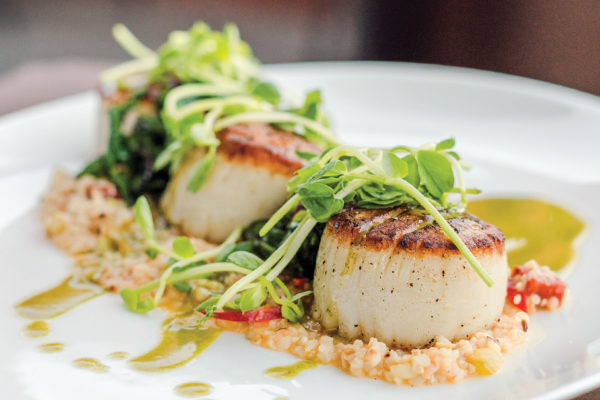Continued (page 5 of 5)
Day Three
We rise at 5:30 a.m. to pack up camp and hit the trail before the heat becomes too intense. Leaving our gear at the staging area in the campsite for our wrangler to pack out of the canyon, we hike back to the village for breakfast at the Supai Café. We see Havasupai men starting work on trail maintenance and women walking their children to school, tailed by the ever-present stray dogs. Edmond Tilousi, vice chairman of the Havasupai Tribal Council, says 35,000 to 40,000 tourists visit Havasu Canyon every year, and again I was struck by the way the Havasupai are on display here; somehow the lack of street signs, cars and paved roads makes it seem all the more like we’re intruding. Tilousi says some older tribal members do resent tourism – especially as the number of visitors has exploded in the past decade – but the younger members recognize they make a living from these visitors. “But they still enjoy their privacy,” he adds. “People should not take pictures of tribal members without asking their permission first.”
Subtracting our 45-minute breakfast stop, it takes us a little more than four hours to hike out of the canyon. By far the most difficult part is the final two miles, climbing practically straight up and out of Hualapai Canyon in the sun. Even for our group of avid hikers, this stretch can only be summed up as brutal; if you lack a keen endurance level, splurge and pay for a ride out by helicopter ($85 one-way; it’s first-come first-served, but Havasupai riders have priority) or horseback ($75 one-way). The choppers do not fly on Tuesdays, Wednesdays and Saturdays. If you’re leaving by horse, you need to reserve at the tourist office at least one day before you plan to leave; a 50 percent deposit is required. If you have hired a guide or a pack mule to take your supplies out, all your gear must be ready at the campground staging area by 7 a.m. Pack trains typically arrive at the hilltop between 10 a.m. and 12 p.m. so, in theory, you should not have to wait long for your supplies to arrive before you head home. Our pack train arrived basically the same time we did. Mercifully, Havasupai vendors were selling cold water, Gatorade and ice cream at the hilltop – nothing tastes better after a 10.5-mile hike in 90-degree weather.
In the end, we found the hike into Havasu Canyon to be amazing but it’s definitely not for everyone. The trail is rough and fairly dull until you reach the creek. The canyon was also disappointingly crowded, though Benny says it’s much more tranquil in fall and winter (when it may be too cold to swim). That said, the waterfalls are stunning, especially when you stop to reflect on where they are located. The path down to Mooney Falls went from harrowing to exhilarating and the Supai village was unique to see. Having Benny here made the camping experience more enjoyable than it would have been had we cooked our own meals, washed dishes and set up tents, much less had to pack it all down with us. My advice: If you are planning a trip to Havasu Canyon, make sure you are fit, bring plenty of water and your iPod for motivation on the trip out, banish any preconceived notions, and let the sights and sounds of the blue-green waters cast a spell over your soul.
MORE SEDONA ROAD TRIPS: Lake Powell, photographing Arizona, 3 slot canyons, 10 places to go to beat the Arizona heat, Acoma Pueblo, Grand Canyon, The Wave, Oak Creek Canyon, Crown King, Jerome, Sunset Crater Volcano, Wupatki National Monument, Arizona animal parks, Monument Valley, Phoenix’s Musical Instrument Museum, Navajo National Monument, Mormon Lake, Canyon de Chelly



